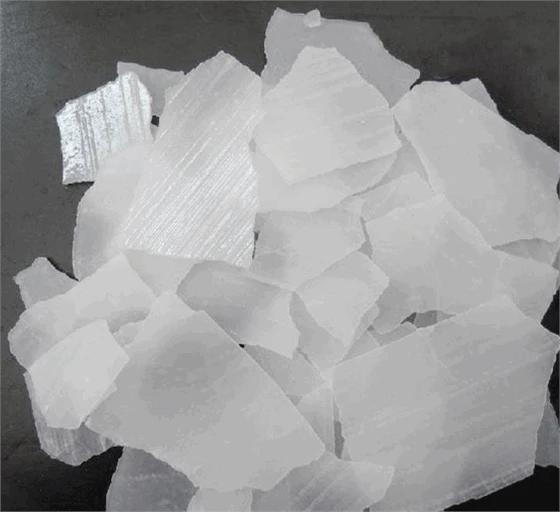



Exploring the Solubility Properties of Polyacrylamide in Various Solvents and Conditions
Polyacrylamide Understanding Its Solubility Characteristics
Polyacrylamide (PAM) is a synthetic polymer widely used in various applications, including water treatment, soil stabilization, and as a flocculating agent in industrial processes. Its versatile nature largely stems from its unique solubility properties, which are influenced by several factors such as molecular weight, ionic character, pH, and temperature. This article explores the solubility characteristics of polyacrylamide, examining the factors that affect it and the implications for its practical use.
The Basics of Polyacrylamide
Polyacrylamide is produced through the polymerization of acrylamide monomers, resulting in a polymer that can be tailored to meet specific solubility requirements. The polymer’s structure can vary depending on the extent of cross-linking and the degree of hydrolysis, leading to the classification of polyacrylamides as nonionic, anionic, or cationic. Each type exhibits different solubility behavior in various solvents, predominantly water.
Factors Affecting Solubility
1. Molecular Weight One of the primary determinants of polyacrylamide solubility is its molecular weight. Low molecular weight polymers dissolve more readily in water, forming a clear solution, while high molecular weight variants can create viscous solutions or gels. As the molecular weight increases, the polymer chains can entangle, affecting the overall solubility.
2. Ionic Character The ionic nature of polyacrylamide significantly influences its ability to dissolve in water. Anionic polyacrylamides, which contain carboxylate groups, tend to have higher solubility in saline environments due to their ability to interact with water molecules and counteract the effects of ionic strength. In contrast, cationic polyacrylamides can flocculate and precipitate in high-salinity conditions, which may hinder their solubility.
polyacrylamide solubility

3. pH Levels The pH of the solution can also impact the solubility of polyacrylamide. At neutral pH, anionic and nonionic polyacrylamides tend to dissolve well due to optimal ionization of functional groups. However, at extreme pH levels, either acidic or basic, the solubility can be reduced as the polymer’s structure may become less stable or undergo protonation/deprotonation processes.
4. Temperature Temperature plays a crucial role in the solubility of polyacrylamide. Generally, higher temperatures enhance solubility, leading to increased molecular mobility and reduced viscosity in solutions. However, excessive temperatures can result in hydrolysis of the polymer, particularly for anionic variants, which may affect the integrity of the polymer chains and their overall solubility.
Practical Implications
Understanding the solubility characteristics of polyacrylamide is essential for optimizing its use in various applications. For instance, in water treatment processes, the solubility of PAM can directly affect its efficiency as a flocculating agent. Proper adjustments in concentration, ionic strength, and pH can enhance its performance, leading to better separation of impurities from water.
In agricultural settings, polyacrylamide's solubility influences its effectiveness in soil stabilization and water conservation practices. Using the right form of PAM, depending on soil composition and moisture conditions, can significantly improve water retention and soil structure.
Conclusion
In summary, the solubility of polyacrylamide is a critical factor that determines its effectiveness in numerous applications. Its solubility is intricately linked to molecular weight, ionic character, pH, and temperature. By understanding these variables, users can better harness the capabilities of polyacrylamide in fields ranging from environmental management to industrial processes. Continual research and development in this area promise to unlock even more potential uses, further solidifying polyacrylamide’s role as a valuable polymer in diverse applications.
-
Why Sodium Persulfate Is Everywhere NowNewsJul.07,2025
-
Why Polyacrylamide Is in High DemandNewsJul.07,2025
-
Understanding Paint Chemicals and Their ApplicationsNewsJul.07,2025
-
Smart Use Of Mining ChemicalsNewsJul.07,2025
-
Practical Uses of Potassium MonopersulfateNewsJul.07,2025
-
Agrochemicals In Real FarmingNewsJul.07,2025
-
Sodium Chlorite Hot UsesNewsJul.01,2025










